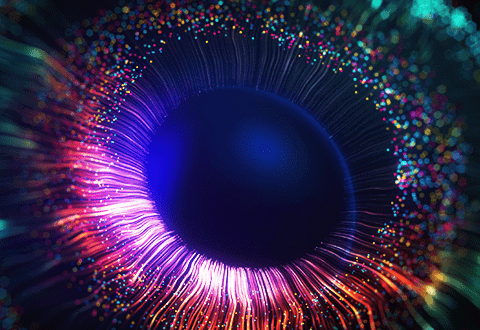How Do Contact Lenses Work?

According to the Centers for Disease Control, more than 30 million people in the United States wear contact lenses to see clearly. However, many do not have any idea how contacts actually help them see. In this blog post, the team of knowledgeable optometrists at Access Eye talks about the science of achieving clear vision with contact lenses.
Contacts Help Properly Focus Light on the Retina
In a normal eye, light rays pass through the front surface of the eye (called the cornea) and are focused directly on the retina, which sends signals to the brain to synthesize and interpret.
If you are nearsighted, you can see nearby objects clearly but struggle with distance vision. This occurs because your eyes are a little too long. Because of the shape of your eye, when light rays enter your eye, they focus in front of your retina instead of on it. Your contacts work by diverging the light rays to reduce your eye’s focusing power, thus shifting the focal point backward onto the retina.
If you are farsighted, you can see distant objects clearly but struggle with near vision. This occurs because your eyes are a little too short. When light rays enter your eye, they fail to form a focal point in front of the retina (and instead focus behind it). Your contacts converge the light rays to increase your eye’s focusing power, shifting the focal point forward directly onto the retina.
If you have astigmatism, you may have distorted or blurred vision at any distance because your cornea is irregularly curved (it’s shaped more like a football than a basketball). This prevents light from properly focusing on the retina. While in the past contact lenses weren’t an option for people with astigmatism, advances in technology have changed that. Now there are soft and rigid gas-permeable lenses specifically designed for astigmatism. These contact lenses have different focusing powers in different portions or zones of the lens to compensate for the cornea’s irregular curvature. Each type of lens has its own unique features to keep the lens properly aligned within the eye.
















